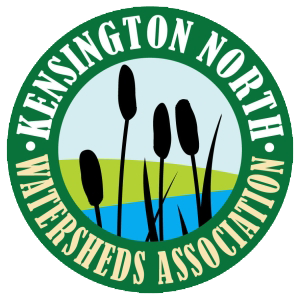In previous articles in our hazardous waste series, we’ve discussed what household hazardous wastes are, how to dispose of them properly, and the impacts of improper disposal. In article three, we’ll be discussing some of the unknowingly harmful ingredients lurking in everyday items in our household!
Nowadays, when we go to the cleaning aisle of a grocery store, there’s an overwhelming abundance of household cleaners, seemingly for every task imaginable! There are cleaners for the kitchen, stove top, bathroom tiles, toilet bowl, and the list goes on. Many of us likely have a shelf or cupboard filled with these various products that we only touch a few times each year, but have you ever stopped to think about what’s in them?

If you go to your product cupboard and grab a few, you may be surprised to see that many have no ingredient list on the back. The reason for this? Cleaning product companies are not required to list all of their ingredients and finding them out can be surprisingly difficult. However, there is a very helpful resource online we’ve discovered at www.ewg.org. EWG stands for the Environmental Working Group, which is a US based non-profit organization that focuses on human health and the environment. They have several very informative databases that you can search through, including a database for cleaners, cosmetics, and even sunscreens!
On their cleaner database you can search through over 2,500 products, where they’ve scored every cleaner with a grade A-F based on their transparency and ingredients. For each product there’s a breakdown of their hazard level for different categories such as asthma/respiratory, skin allergies and irritation, and the environment. Additionally, you can see whether that product has been green-certified, and how good their ingredient disclosure is. EWG has also put together lists of all the known ingredients they could find for each product, but due to companies not having to disclose the ingredients, these lists are not always exhaustive. On these ingredient lists, each ingredient also has a grade A-F and you can click on each ingredient to learn more about their impacts!
Searching through various cleaning products on EWG’s website has been eye-opening for us. It’s interesting to see how marketing can be misleading, with some products putting spins on the word “organic”, “clean”, and “natural”, only to score rather poorly and have ingredients with health and environmental concerns! This practice is known as “greenwashing”.
Additionally, some ingredients have us scratching our heads, wondering why they’re even included in the first place. Fragrance, for example, is listed as an environmental concern, a skin allergy concern, and a respiratory concern, and it has been added to over 1,500 products on their list. It’s understandable that we may want our freshly washed laundry to smell nice when it comes out of the wash, but is it really necessary for our dishwashing liquid to smell like apple blossoms or citrus?
Now, we aren’t saying to empty your cupboards and throw out every single household cleaner you have, but rather to take a look at this website and educate yourself on these products and labels. Then, next time you’re in the cleaning aisle of a grocery store, reconsider if it’s necessary to purchase a different cleaner for every surface or consider a better scoring product alternative! Ultimately, the more educated and knowledgeable we are on the products and hazards in our homes, the better we can make informed decisions on the issues that matter to us.
Heather Harris,
Project Coordinator
Published in The County Line Courier, Vol. 27, No. 08, Pg. 04.
